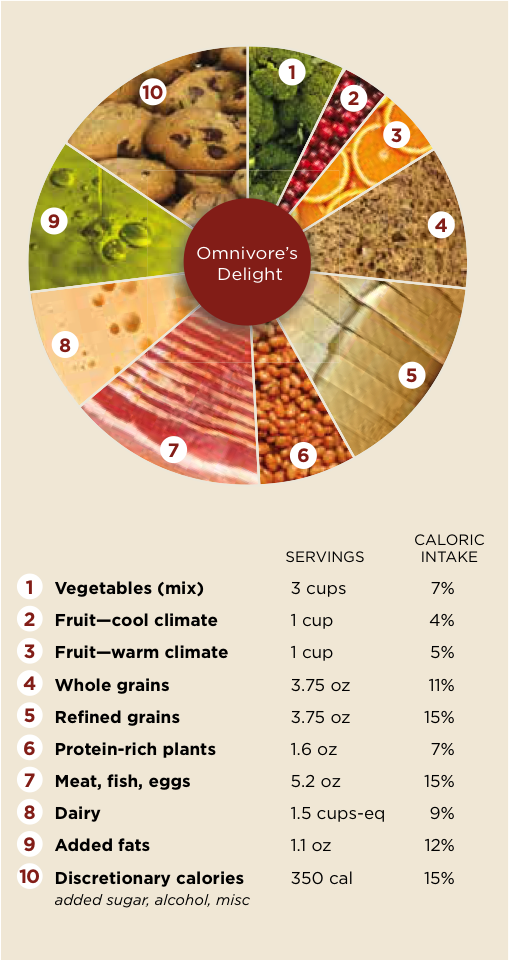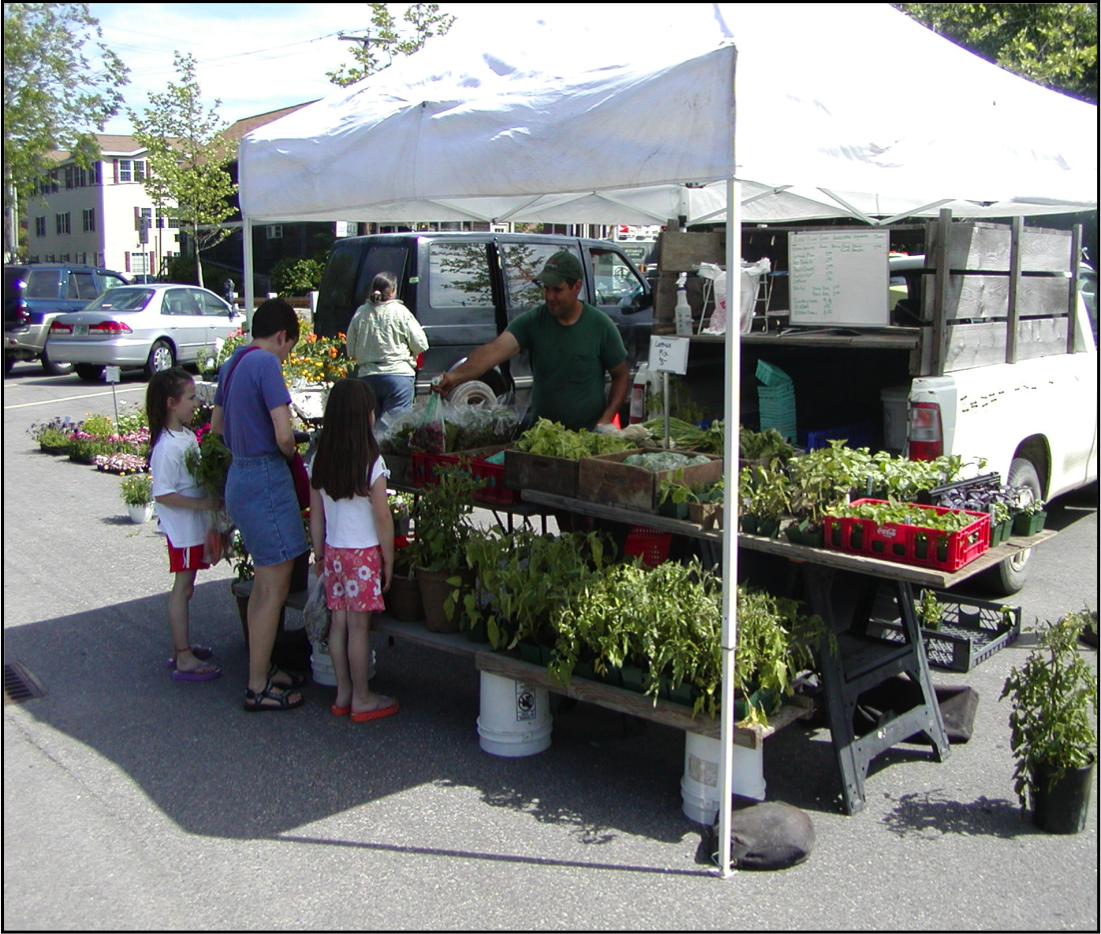
Food System Research Project
 There are three dietary patterns explored in A New England Food Vision: the typical American dietary pattern called the ‘Current Diet’; the Omnivore’s Delight (OD), which follows guidelines from the United States Department of Agriculture’s MyPlate (USDA) and Harvard’s Healthy Eating Plate; and the Regional Reliance, which only includes foods that can be produced in New England.
There are three dietary patterns explored in A New England Food Vision: the typical American dietary pattern called the ‘Current Diet’; the Omnivore’s Delight (OD), which follows guidelines from the United States Department of Agriculture’s MyPlate (USDA) and Harvard’s Healthy Eating Plate; and the Regional Reliance, which only includes foods that can be produced in New England.
In the Vision, the authors suggest that by 2060, New England could meet at least 50% of its food needs if following the ‘Omnivores Delight’ dietary pattern, and nearly two-thirds of its food needs if adopting the Regional Reliance plan. This is possible if we can change the way we produce, distribute, and consume food in our food system. Before starting this project, I had no idea that the food I choose to eat affects our food system, but it does.
Our main research question was designed to explore the dietary impact of following the food guidelines in the OD pattern: Is it possible to create a 1 week menu that follows the OD dietary pattern that people will enjoy eating and meets nutritional requirements?

In order to do so, we utilized a food database from the USDA that’s open to the public to access. One can simply look up a food item and find many different components such as calories, carbohydrates, protein, fats and additional information. Although this is a free and accessible resource, the research I was involved with required a commitment to understanding the complexity of the program as I built out the 1 week menu and related nutrient analysis database. The database was a great tool to analyze the nutritional value of the recipes incorporated in the OD diet.
A lot of our recipes were inspired from ones by the USDA that are healthy, have a variety of different foods and are affordable. By doing so, the 1 week menu we designed can be followed by a large array of the population.
Is the Omnivore’s Delight diet feasible for Americans?
Over the course of our research, we had to ask ourselves several questions: Is the OD diet realistic? Is it true to the OD guidelines? Affordability will be a question we are asking in the fall. Our next challenge is to price out the ingredients in the menu. We plan on using several tools from the USDA, Bureau of Labor Statistics, and others.
Valerie Nesom is a sophomore at the University of New Hampshire (UNH) studying Dietetics and EcoGastronomy. This summer, she was selected to participate in the UNH Research Experience Apprenticeship Program (REAP). She has been interning with Dr. Joanne Burke, the Haas Professor of Sustainable Food Systems and one of the authors of A New England Food Vision. She says, “This project has been a great way for me to jumpstart my career in the nutrition field. I plan on continuing my work with Dr. Burke this coming fall and presenting our final results at the Undergraduate Research Conference at UNH Spring 2016.”




